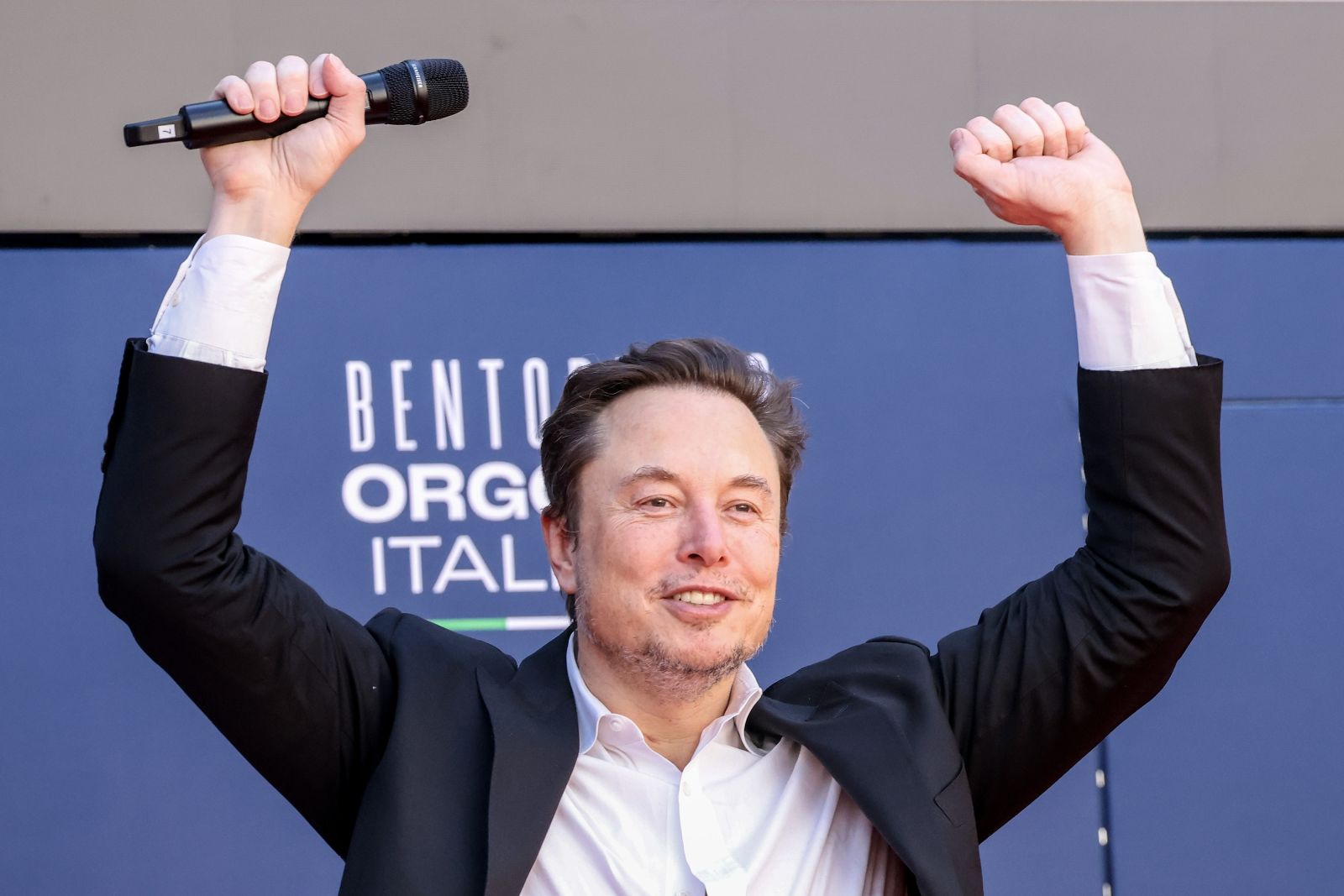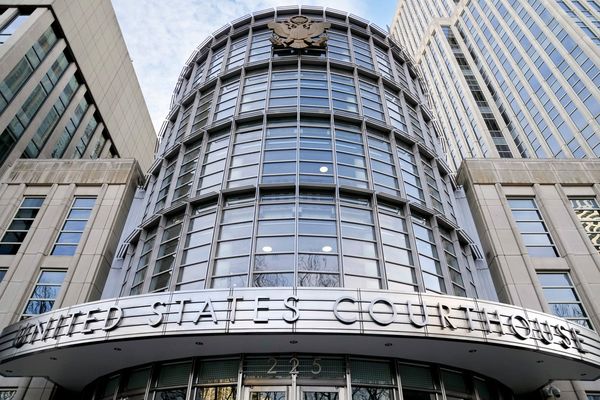
Tesla’s (TSLA) stock has experienced significant volatility, capturing headlines and sparking debates among investors and analysts alike. Last year, shares soared by an impressive 62.5%, reigniting enthusiasm in the electric vehicle (EV) market. However, the first quarter of 2025 has painted a more turbulent picture, with the stock plummeting nearly 40% amid disappointing delivery reports and intensifying competition from rivals like BYD (BYDDY).
This volatility has led to a stark division among Wall Street analysts regarding Tesla’s future trajectory, with price targets for 2025 ranging dramatically from a bearish $120 to a bullish $550. Some experts express concerns over declining sales in key markets such as Europe and China, while others remain optimistic, citing Tesla’s advancements in autonomous driving technology and its potential to revolutionize the industry.
Meanwhile, President Donald Trump has announced a 25% tax on foreign cars and auto parts, causing a selloff in the global auto market. But Tesla might actually benefit since most of its U.S. sales come from American-made cars, unlike many of its competitors who rely on imports.
With such contrasting perspectives and influencing factors, investors are left pondering: Will Tesla’s stock surge to new heights, or are further declines on the horizon? Let’s find out.
About Tesla Stock
Tesla (TSLA) has become synonymous with innovation in the electric vehicle industry. However, the company’s stock performance in recent months underscores the polarizing perspectives on its future. The stock currently is down 38% in the year to date but is up 43% over the past 52 weeks.
Tesla’s market cap now stands at $847.7 billion, with a forward price-earnings (P/E) ratio of 113.8x, signaling a valuation that remains a topic of heated debate among analysts.
Tesla released its Q4 2024 earnings report and showcased both challenges and achievements. The company delivered a record-breaking 495,570 vehicles in the quarter and deployed 11 GWh of energy storage products, contributing to an annual total of 31.4 GWh — nearly double the previous year.
However, while total revenue for Q4 increased by 2% year-over-year to $25.7 billion, profitability took a hit. Operating income dropped by 23% to $1.6 billion, resulting in a reduced operating margin of 6.2%. This decline was driven by lower average selling prices for its vehicles and higher R&D expenses related to AI and other projects.
Despite these headwinds, Tesla managed to achieve significant cost efficiencies. The cost of goods sold (COGS) per vehicle fell to under $35,000 in Q4 — the lowest level in its history — thanks to improvements in raw material costs. This focus on affordability has been critical as Tesla competes in an increasingly crowded EV market while maintaining its appeal to cost-conscious customers.
Tesla’s cash flow metrics remain robust, with operating cash flow reaching $14.9 billion for 2024 and free cash flow totaling $3.6 billion for the year. The company ended Q4 with $36.6 billion in cash and investments, bolstered by a $7.5 billion increase over the year.
Tesla’s Growth Engines and Roadblocks
Tesla’s growth engines are revving up, but the road ahead isn’t without its share of potholes. The electric vehicle giant is gearing up to enter the Saudi Arabian market, a move that could potentially supercharge its expansion in the Middle East.
On April 10, Tesla will showcase its EV lineup in Riyadh, giving attendees a glimpse of its autonomous driving Cybercab and the humanoid robot Optimus. This strategic entry into a market where 700,000 new passenger vehicles are sold annually could be a game-changer for Tesla.
While Tesla expands globally, it’s encountering roadblocks closer to home. In Wisconsin, the company is embroiled in a legal battle to overturn a state law preventing it from opening its own dealerships in the state. This lawsuit, and Elon Musk’s involvement in politics as part of President Donald Trump’s administration, highlight the complex regulatory landscape Tesla must navigate in its home market. Plus, Tesla vehicles and showrooms have increasingly been the target of vandalism and protests.
Despite these challenges, some investors remain bullish on Tesla’s prospects. Legendary investor Cathie Wood predicts Tesla could reach $2,600 by 2030, a testament to the company’s perceived growth potential.
Wall Street Is Split on Tesla’s Future
Wall Street’s outlook on Tesla’s future is as electric as the company’s vehicles, with analysts seriously divided on the stock's trajectory. As Tesla gears up for its its Q1 earnings announcement, investors will be watching closely.
Analysts expect Tesla to report earnings per share of $0.49, up 40% year-over-year. These numbers reflect Tesla’s ambitious plans for 2025, which the company has dubbed a “seminal year” in its history. The focus is on Full Self-Driving (FSD) technology, with Tesla aiming to launch an unsupervised FSD option and kickstart its Robotaxi business in parts of the U.S. later this year.
Despite these exciting prospects, analyst sentiment remains cautious. The consensus among 40 surveyed analysts is a “Hold” rating, with an average price target of $337.42. This target implies 33% upside potential from the current price, showcasing the potential analysts see in Tesla’s future. However, this seemingly optimistic target masks a stark division in Wall Street’s opinions.
On one end of the spectrum, we have bullish analysts like those at Wedbush Securities, who’ve set a price target of $550 with a 118% upside, citing Tesla’s AI and robotaxi potential as game-changers. On the other end, bearish voices like JPMorgan have set targets as low as $120, expecting flat delivery growth in 2025 and signaling the end of Tesla’s hypergrowth phase.
Conclusion
So, is Tesla’s stock more likely to hit $120 or $550 in 2025? The answer lies in how well Tesla navigates its growth engines and roadblocks.
After weighing both sides, I believe Tesla is more likely to hit $550 than $120 by the end of 2025. Tesla’s stock at $120 in 2025 would require a rare collapse of its growth narrative, major execution flops, regulatory bans, and a brutal recession. Possible? Yes. Likely? Not in my view.
The $550 target, while ambitious, aligns with Tesla’s history of innovation, its financial strength, and the massive markets it’s targeting.







